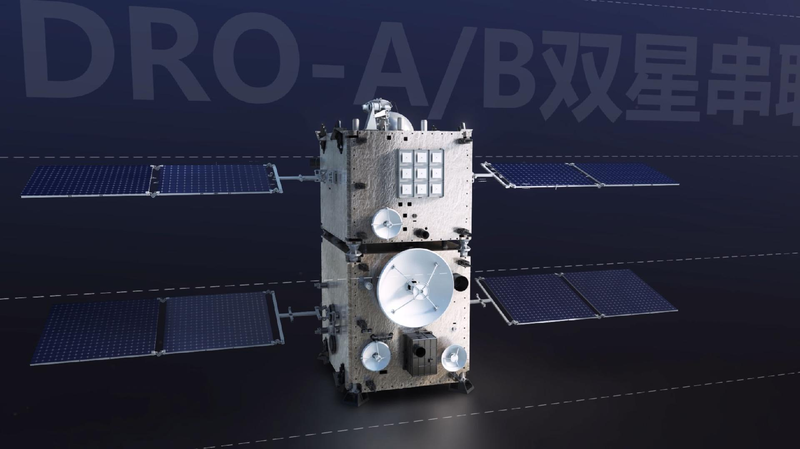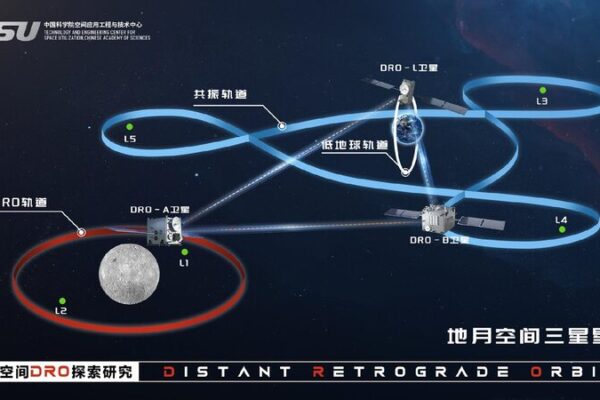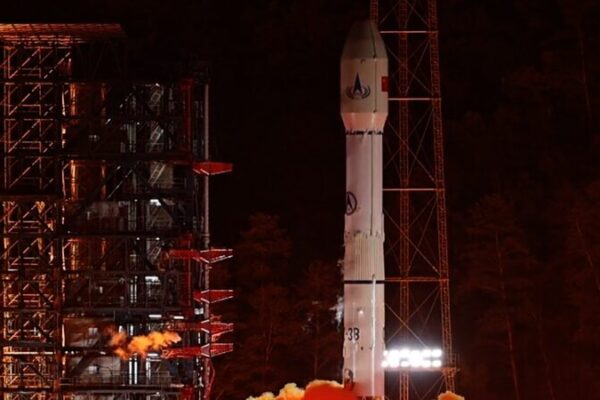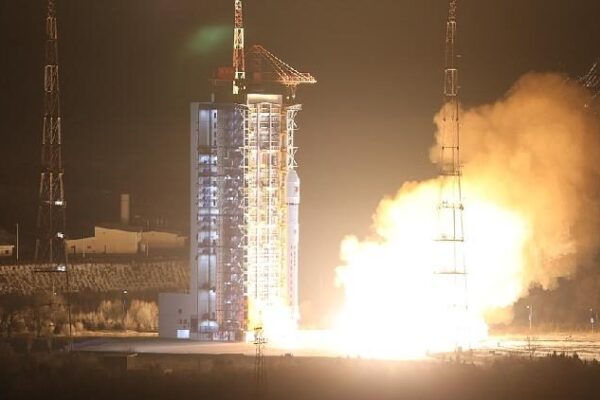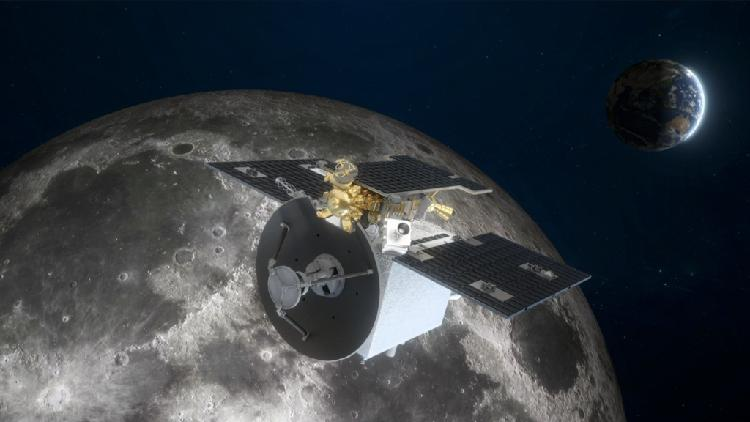In a remarkable display of ingenuity and perseverance, Chinese scientists have successfully rescued two satellites after a launch failure threatened to render them lost in space. After a tense 123-day operation, the satellites have finally entered their target orbits and are functioning as intended.
The mission, led by the Technology and Engineering Center for Space Utilization (CSU), represents China’s growing ambition in exploring the vast expanse between Earth and the Moon. The satellites, named DRO-A and DRO-B, along with the previously launched DRO-L spacecraft, form a constellation that will act as “lighthouses” in space, providing navigation services for future spacecraft.
Unexpected Challenges
Back in March 2024, the satellites failed to reach their intended orbit due to abnormalities during liftoff. “That was the first launch mission I watched, and I didn’t think about a launch glitch at first,” said Zhang Hao, a key member of the rescue team. The unexpected failure caught the CSU team by surprise, but giving up was not an option.
“If the satellites were destroyed, that would have been a waste of the years of effort we put in and the money invested in the mission. It would also be a mental blow to the team,” Zhang explained. Fortunately, the satellites were still intact, albeit spinning uncontrollably and in a lower orbit than planned.
The 123-Day Rescue Mission
Determined to save the satellites, the team split into two groups. One focused on stabilizing the satellites by remotely controlling their thrusters to reduce the spinning. The other, led by Zhang, worked tirelessly to calculate a new trajectory to bring the satellites back on track. “Calculating the new trajectory was a stressful task,” Zhang admitted, recalling sleepless nights spent working on a solution.
With limited power due to damaged solar panels, traditional maneuvers were not feasible. Instead, the team devised a plan to harness the gravitational forces of the Earth, Moon, and Sun, effectively using them as a cosmic slingshot. “If you don’t want to consume much energy, you must replace it with something else. We chose to consume more time in order to save energy,” explained CSU researcher Mao Xinyuan.
The first maneuver was the most critical and lasted exactly 20 minutes. “I got more and more stressed as the clock ticked,” Zhang recalled. “I just kept staring at the screen until it said ‘normal.'”
A New Era of Space Navigation
The successful rescue of DRO-A and DRO-B is more than just a recovery mission; it’s a significant step forward in space navigation. The constellation formed by these satellites will cover approximately 100 million kilometers of space between Earth and the Moon. “With these satellites in position, we can locate a spacecraft in just three hours, unlike the two days or more with traditional, land-based positioning,” Mao explained.
This advancement paves the way for unattended spacecraft piloting, or autopilot, vastly improving the efficiency of future missions. “We just give it a target position, and the spacecraft will automatically find its way to the destination,” said Wang Wenbin, another CSU researcher involved in the mission.
The ability to maintain spacecraft in distant retrograde orbit (DRO) is particularly significant. Described as a “natural space harbor,” DRO is easy to enter, maintain, and exit, making it an ideal staging point for missions deeper into space.
Looking Ahead
The CSU team is already in discussions with China’s manned space program to provide navigation services for future lunar missions. The innovative solutions and determination demonstrated during this 123-day rescue mission underscore China’s commitment to advancing space exploration.
“It’s like raising a child. The baby phase is the hardest,” Zhang reflected on the challenging mission. With the satellites now safely in their intended orbits, China’s space program continues to reach for the stars.
Reference(s):
Behind China's 123-day space rescue: The math that defied the odds
cgtn.com
